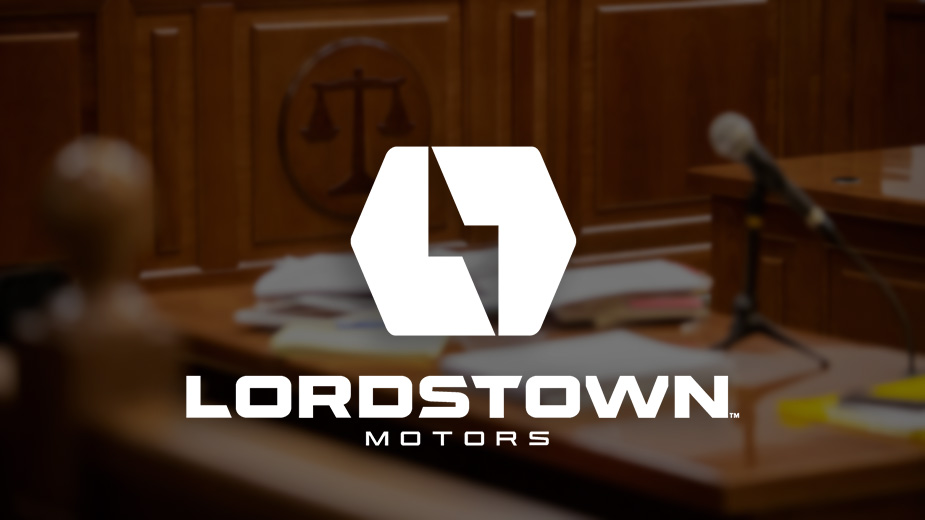Lordstown Motors Chapter 11 Exit Plan Complicated by Objections
LORDSTOWN, Ohio – The Equity Committee in the Lordstown Motors Chapter 11 bankruptcy case has thrown two curve balls that strike at the confirmation of the failed EV maker’s reorganization plan and Foxconn’s legal bid to dismiss Lordstown’s fraud complaint.
So, too, is the U.S. Trustee at bat, filing a motion Dec. 29 that objects to the confirmation plan because it would discharge Lordstown Motors from certain debts incurred before the confirmation. The trustee argues that Lordstown’s reorganization plan, once confirmed, would allow the company to pursue litigation claims and try to monetize tax attributes. Thus, there could be assets generated for whom creditors would have no access.
Meanwhile, the U.S. Securities and Exchange Commission has told the U.S. Bankruptcy Court in Delaware that its “staff has engaged in numerous discussions with the debtors, Creditors’ Committee, Equity Committee and other constituencies to resolve [confirmation] plan issues in this case.”
The SEC wants to be able to pursue charges of securities violations, if warranted, against Lordstown Motors and its executives, and not be restricted by legal discharges that would be confirmed in the reorganization. The commission filed a motion Dec. 20 that seeks an extension of “time to take action, to the extent necessary, to determine the dischargeability of a debt to a governmental unit.”
Objections to the SEC motion are due Wednesday.
On Dec. 15, all parties in the bankruptcy case were notified that Judge Mary F. Walrath has scheduled a hearing for Jan. 10, which could resolve all these matters – as well as whether Lordstown’s reorganization plan is confirmed.
On June 27, when Lordstown filed Chapter 11, it hoped to exit bankruptcy by early fall. Also dragging on is the related breach of contract and fraud complaint that Lordstown filed that same day against Hai Hon Precision Industry Co. Ltd. and its Foxconn affiliates.
Foxconn argues the adversary lawsuit is a “shake-down,” and the Taiwanese company wants its rebuttal to be heard in open court, point-by-point as outlined in its 38-page response.
Lordstown Motors is seeking millions of dollars in damages from Foxconn for allegedly “destroying the company’s business and future” through breach of contracts and fraud that forced the EV startup into bankruptcy.
On Sept. 29, Foxconn filed a motion to dismiss all counts. On Dec. 6 the Taiwanese company requested oral arguments, and the following day it notified the court that all briefing has been completed.
”At the heart, this adversary proceeding in an attempt by [Lordstown Motors] to find a scapegoat for their failures,” Foxconn states. “They want compensation, not from the founders and management who could not get their idea off the ground and misused and squandered millions of dollars in the process, but from the only investor [Foxconn] that has made a demonstrated commitment to try to turn them into a sustainable business.”
Any disputes between the two companies were to be resolved by “binding arbitration, not litigation before this court,” the motion continues.
The court docket in the 6-month-old adversary case is sparse and routine with the exception of the Lordstown Motors Equity Committee notifying the court Nov. 6 that it supports Lordstown in opposing Foxconn’s motion to dismiss the fraud claim.
The Equity Committee, established by bankruptcy law, represents Lordstown Motors security holders who lost millions of dollars. Committee attorneys argue arbitration was not required in all investment and sales agreements between the parties, as Foxconn claims. And even if arbitration was stipulated in contracts, it does not preclude litigation on fraudulent inducement.
As for damages, the Equity Committee notes damages would be determined at trial. “… At least some of those damages are direct ” because Foxconn breached the investment agreement in which Lordstown was to receive $47.3 million for the purchase of 10% of its common stock,” the committee states.
“Moreover, if the debtors were fraudulently induced to enter into the contracts, damages would be both direct and readily ascertainable.”
Copyright 2024 The Business Journal, Youngstown, Ohio.



